Since it splashed onto the scene in the 1920s, Art Deco’s glamorous, exuberant look has gone on to become one of the world’s most coveted interior styles.
Although the original Art Deco period was a short lived one, its influence has been far reaching, and homeowners and designers alike have used the style to give their homes a flamboyant twist (Interior Design Masters star Siobhan Murphy’s incredible Art Deco home is just one example!)
So, whether you’re restoring your own period property or just looking to introduce a bit of 1930s luxury into your home, we’ve broken down the key features of this defining décor era.
From fireplaces and furniture to wallpaper and accessories, keep reading to discover out ultimate guide to Art Deco style!
What is Art Deco?
Art Deco is a style of visual arts, architecture and design that emerged in the mid-1920s and reigned until the outbreak of the Second World War. The luxurious, glamorous style is best known for its use of geometric patterns, streamlined shapes and ‘futuristic’ designs, and represented the new found optimism that followed the end of the First World War.
When was the Art Deco period?
The term Art Deco was coined at the International Exhibition of Modern Decorative and Industrial Arts in Paris in 1925. The style was quickly adopted all over the world and peaked in popularity during the 1930s, roughly until the outbreak of WWII.
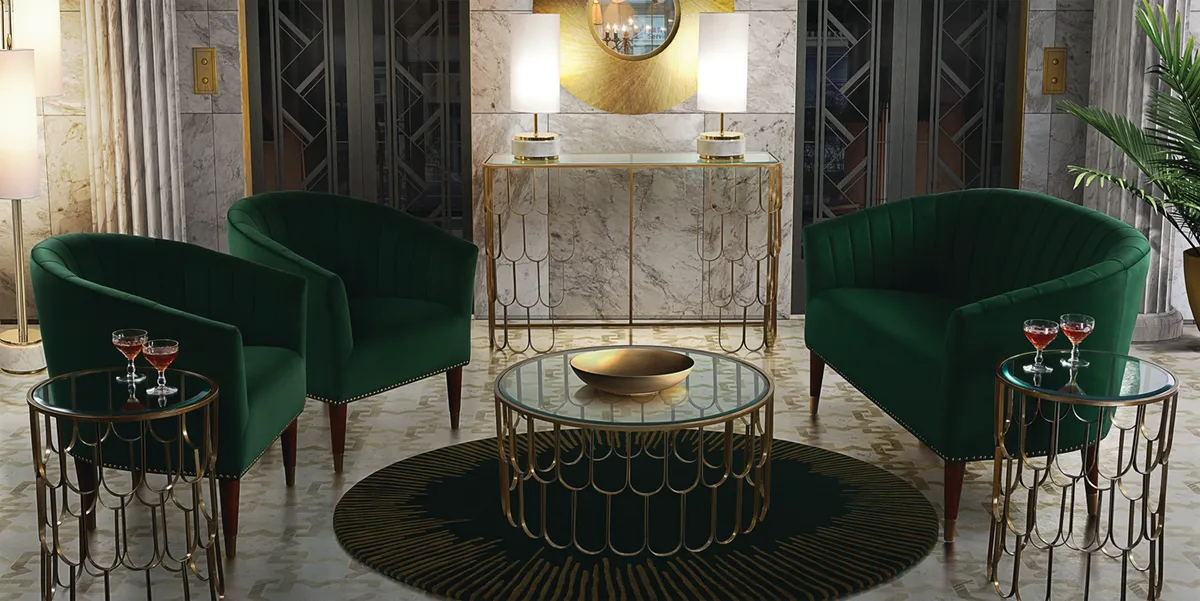
Strictly speaking, the Art Deco movement is split into two phases – the phase before the Wall Street Crash of 1929, and the phase which took place during the Great Depression.
The first phase utilised expensive materials and was inspired by a feeling of hope, while the second phase saw designs become more austere, with expensive materials being substituted for affordable ones like plastic.
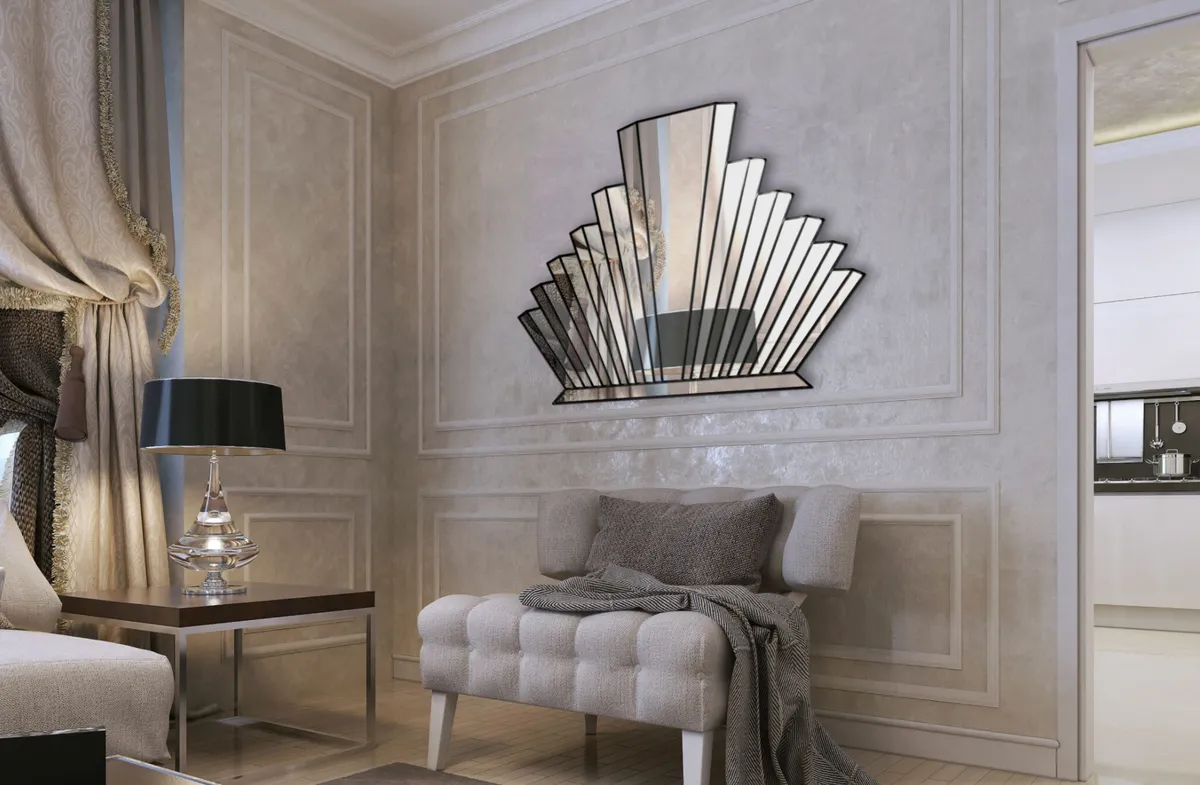
After falling out of fashion, Art Deco style saw a massive revival in the 1960s and continues to influence interior fashion today.
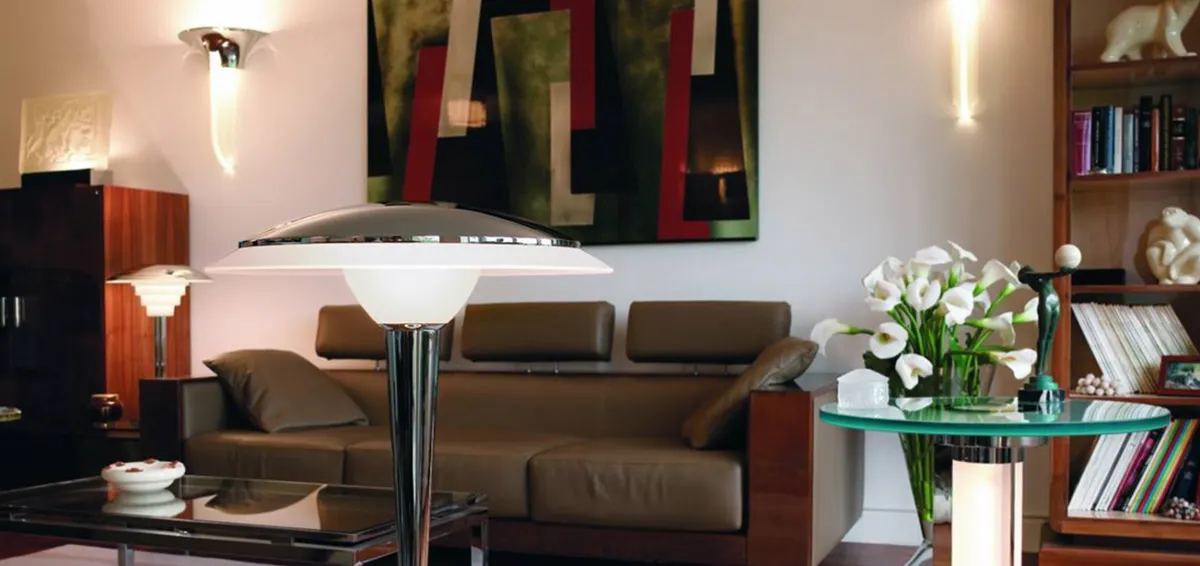
Art Deco furniture
The Art Deco era saw furniture design become all about glamour, sophistication and progress. Designers opted for materials and shapes that symbolised technological advancements, and materials such as Bakelite, chrome, stainless steel and glass became key to the look of the era.
Silhouette was also super important to Art Deco design, and most pieces featured the iconic ‘Skyscraper’ inspired stepped profile, clean lines and flowing, symmetrical shapes.
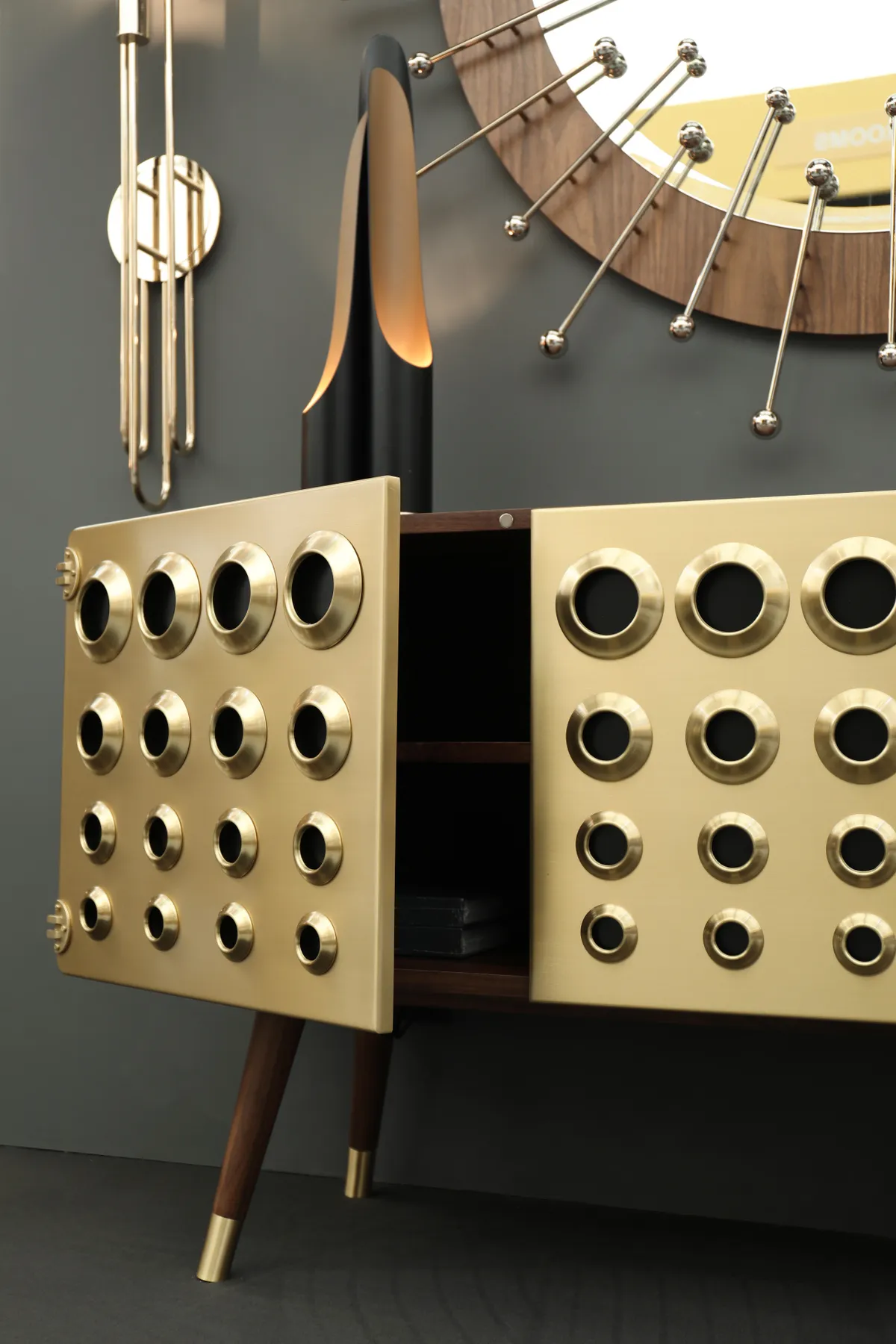
Thanks to a flourishing economy and the influence of the Roaring 20s mentality, first phase Art Deco furniture design was influenced by far flung destinations. Ivory, mother of pearl, tortoiseshell and snakeskin were amongst the exotic materials used to embellish everything from console to coffee tables, dressing room furniture to beds. Later Art Deco designs were slightly more understated but still retained an element of glamour.
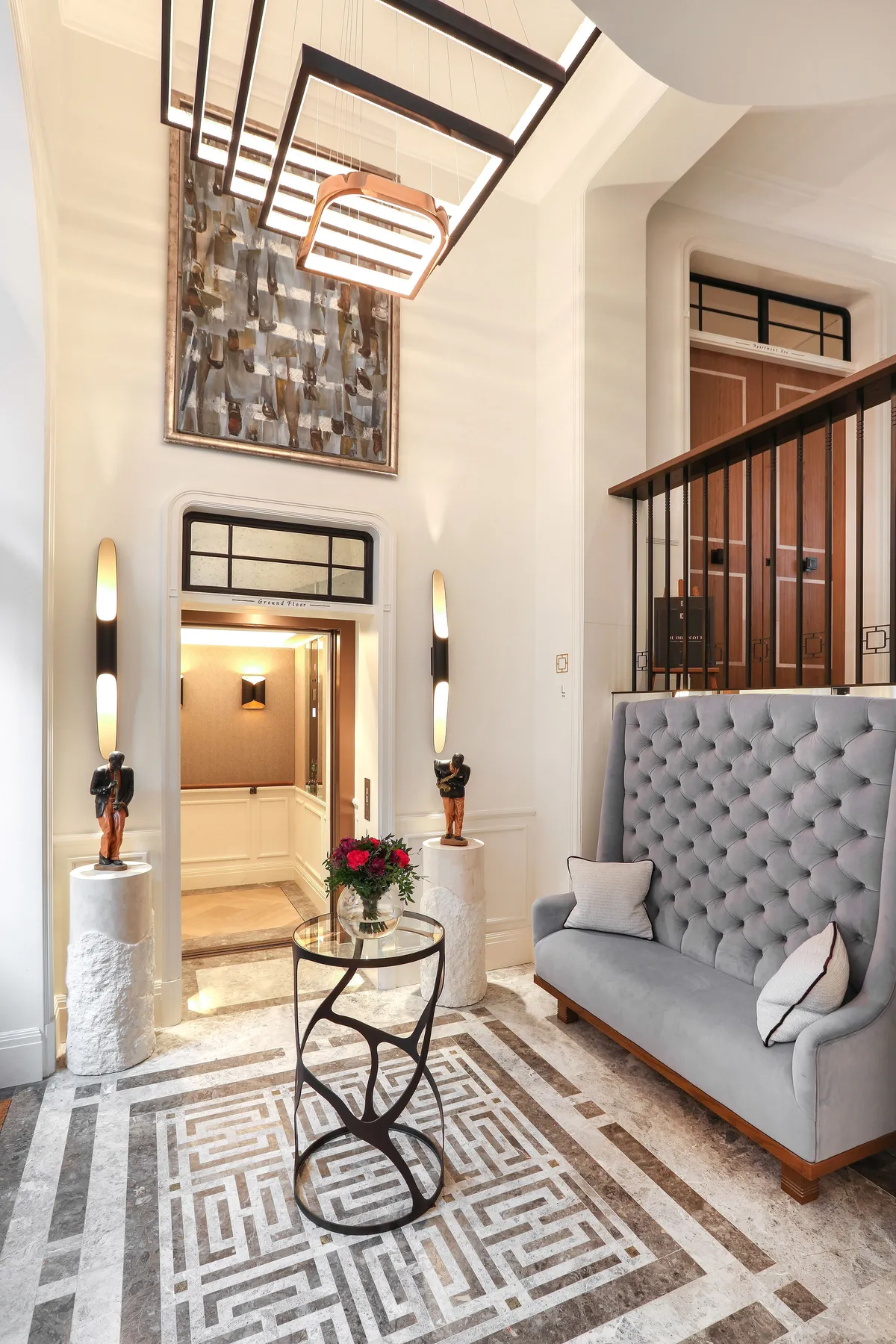
If you’re looking to achieve an Art Deco look into your own home, here are a few elements you might want to include:
Mirrored furniture
During the 1920s and 30s, mirrored furniture was considered the height of luxury and a favourite in Art Deco design.
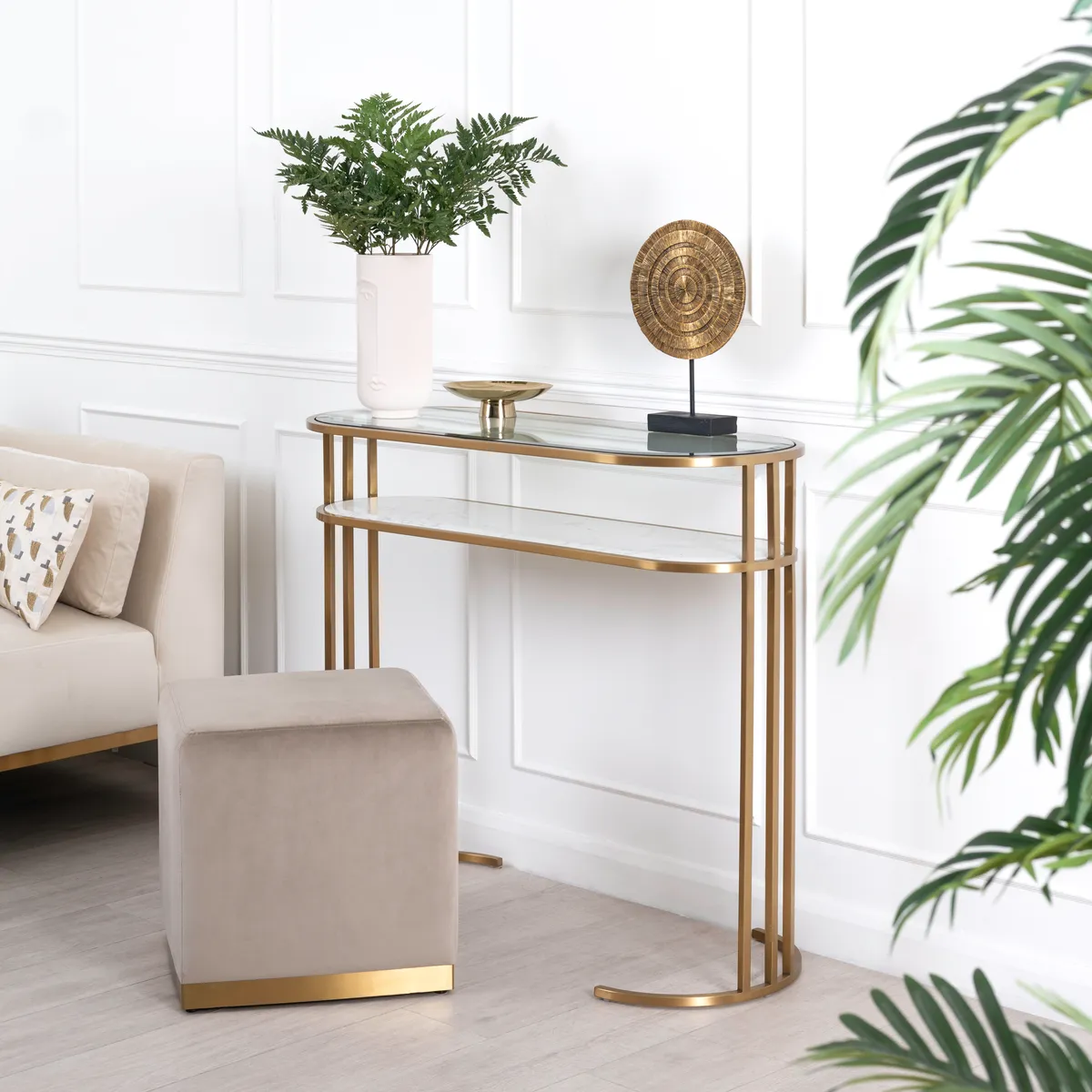
Mirrored console tables were especially popular, and often featured designs that were inspired by skyscrapers (think the Chrysler Building!), aeroplanes and cruise liners.
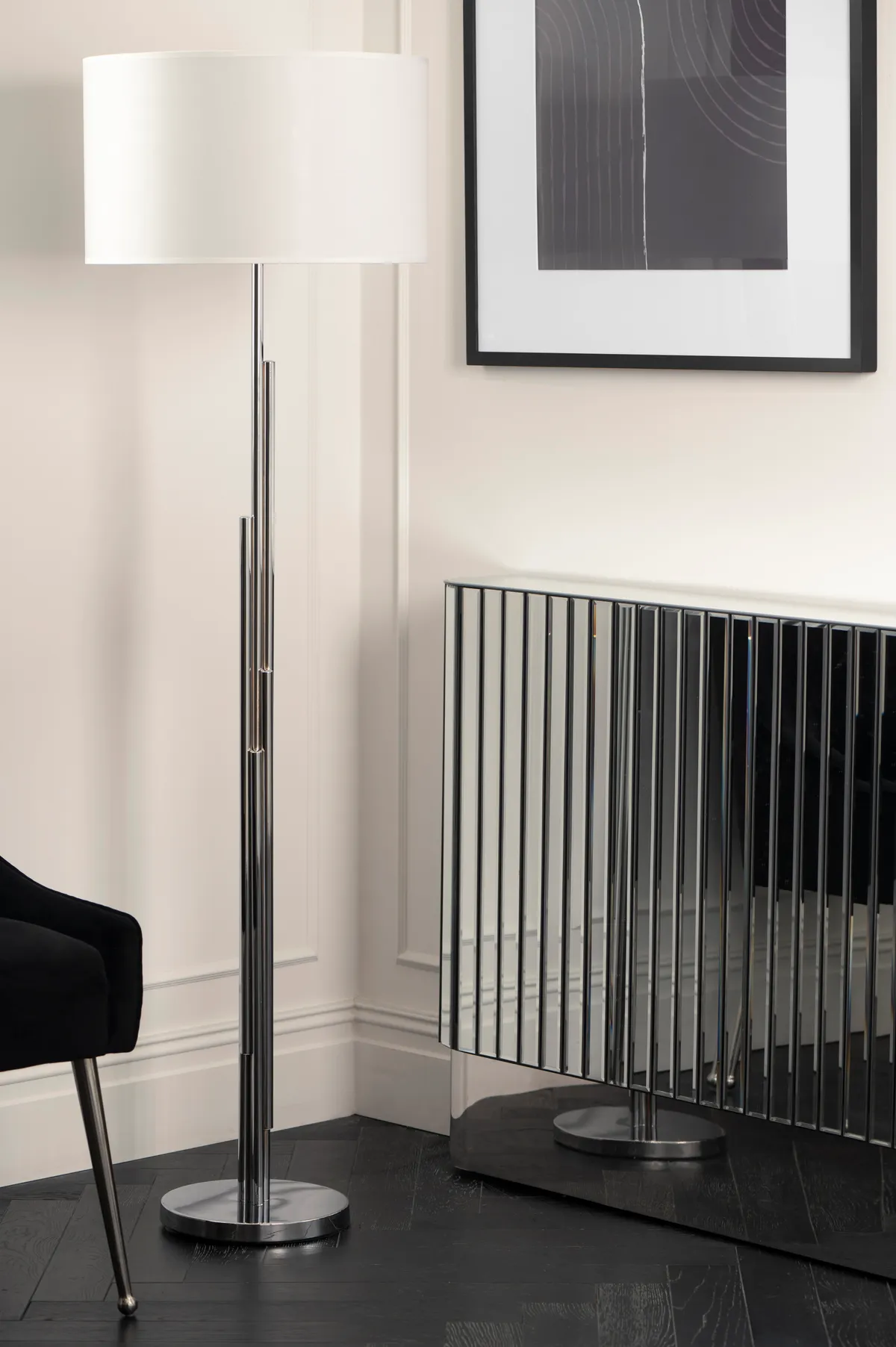
To achieve an authentic look in your home, try styling a mirrored sideboard in a hallway or living room.
Furniture with metal features
The Art Deco era was also known as the ‘Machine Age’ and, inspired by the plethora of technological advancements that were unfolding around them, many designers included boldly shaped metal accents in their designs to give them a futuristic look.

If you want to include some of these future-inspired furniture pieces in your own scheme, keep an eye out for those with stainless steel and polished chrome – these highly reflective finishes will give you the most authentic look.
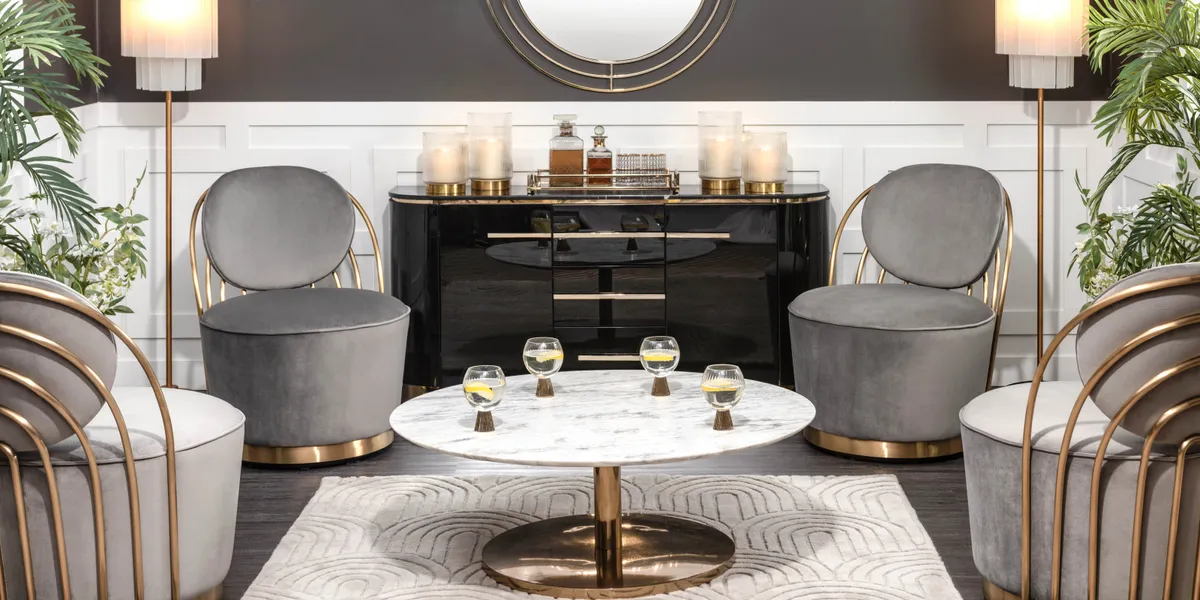
Lacquered furniture
Exotic, heavy wooden furniture was all the rage in an Art Deco interior scheme, and the more exotic the wood the better. Those who could afford it opted for expensive mahogany, ebony and violetwood, but maple, oak and ash pieces were also very common.
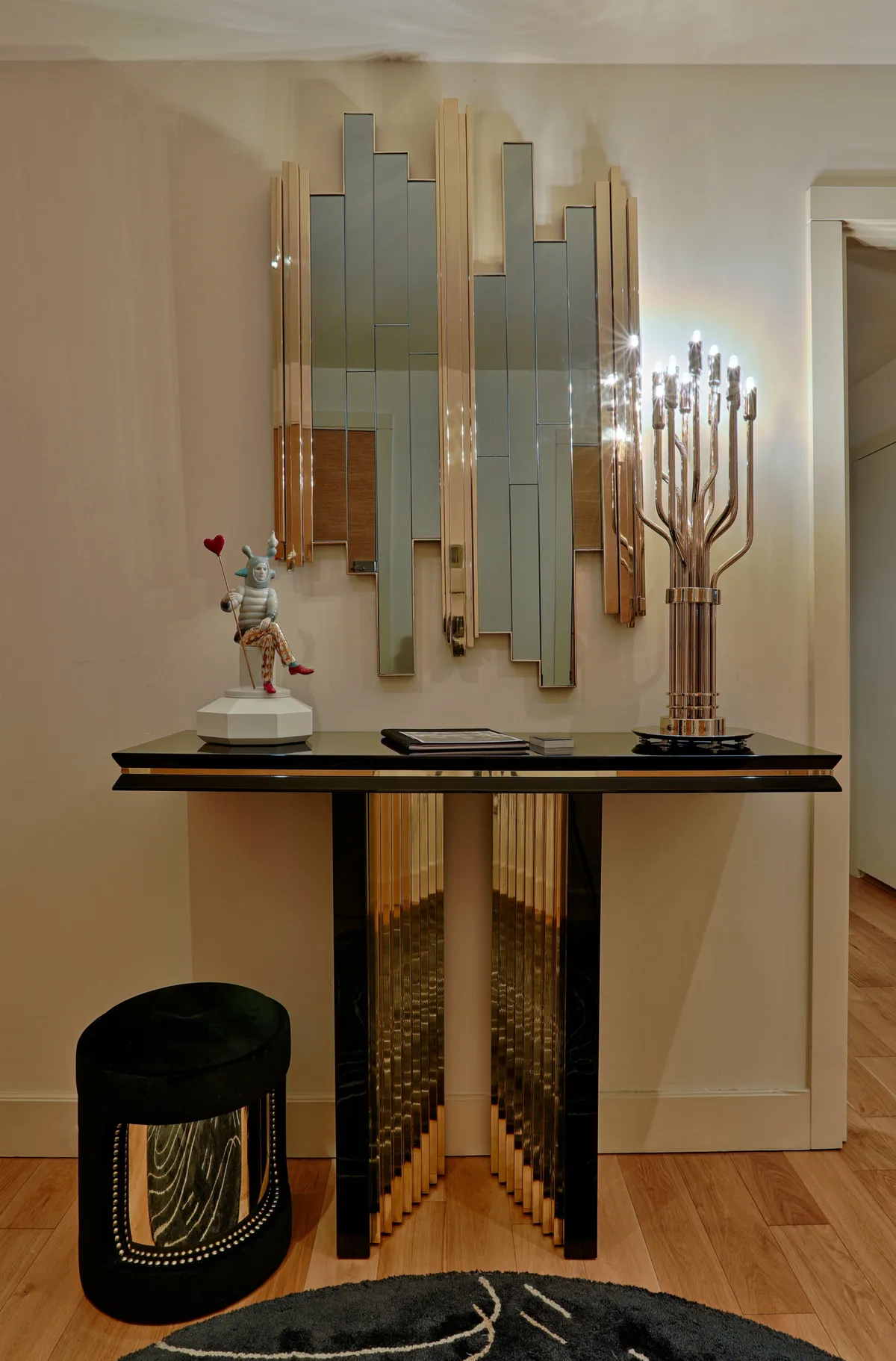
To add to the sense of glamour, most wooden pieces were finished with layers and layers of high-gloss lacquer, to give them an extra shiny look. Even armchairs and other fabric pieces featured lacquered inlays, so if you’re looking Art Deco furniture, you can’t go wrong with high-gloss wood.
Leather seating
As Art Deco design was all about showing off wealth and sophistication, leather was often the fabric of choice for chairs, sofas and ottomans.
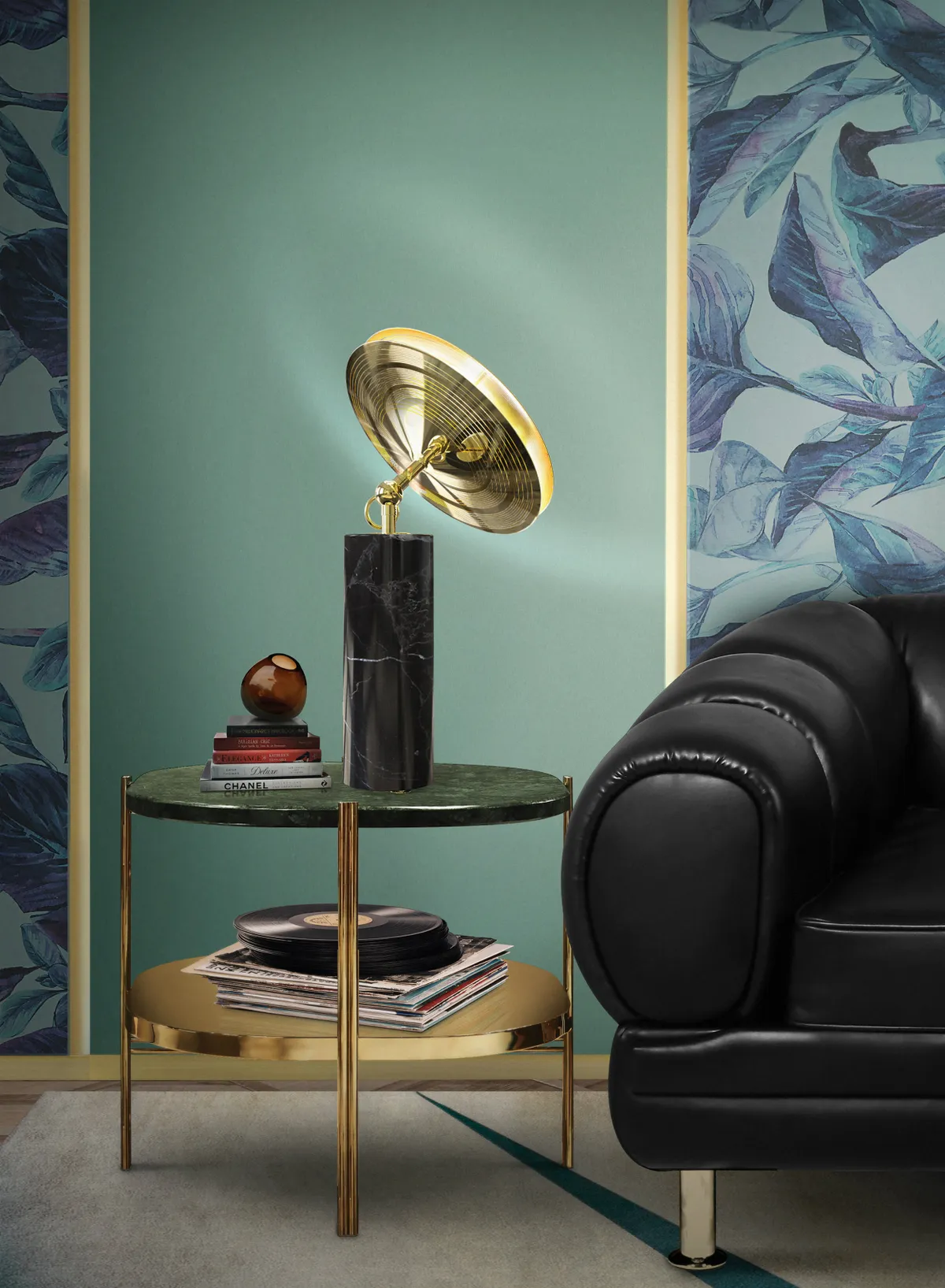
Black, brown and tan-coloured leather were the most popular, but some were dyed in brighter Art Deco shades, like cherry red and tangerine.
For an up-to-date take on this part of the Art Deco trend, why not check out the cruelty free alternatives on the market?
Art Deco fireplace
Because the Art Deco movement was all about celebrating technological progress, most fireplaces from the period were crafted using machine-made materials, particularly those that were new and exciting in the 1930s. Chrome, mirror and steel designs were popular, as were polished wood and tile models. Some of them even had coloured glass accents or strikingly-shaped cast iron features.
In terms of silhouette, lots of Art Deco fireplaces featured the iconic ‘skyscraper’ inspired shape, with stepped edges and clean lines. Bold chevron and zigzag designs were also popular, and some fireplaces even boasted decorative metalwork and tile mosaics.
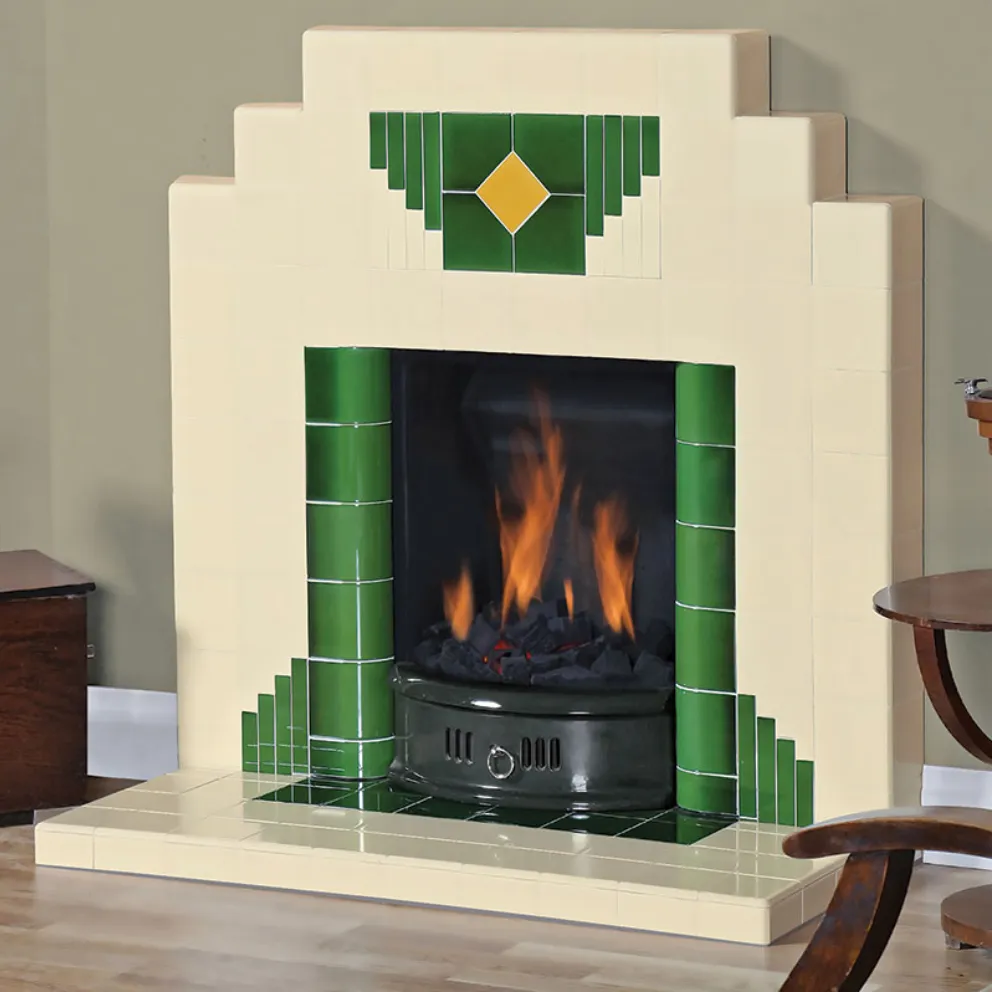
Art Deco accessories
As the majority of Art Deco furniture sported muted colours, designers often called upon accessories to add that extra layer of luxury, texture and interest. Animal print cushions, as well as those with geometric patterns or one solid block of bright colour, were amongst the most favoured designs, and often used to spruce up plain leather armchairs.
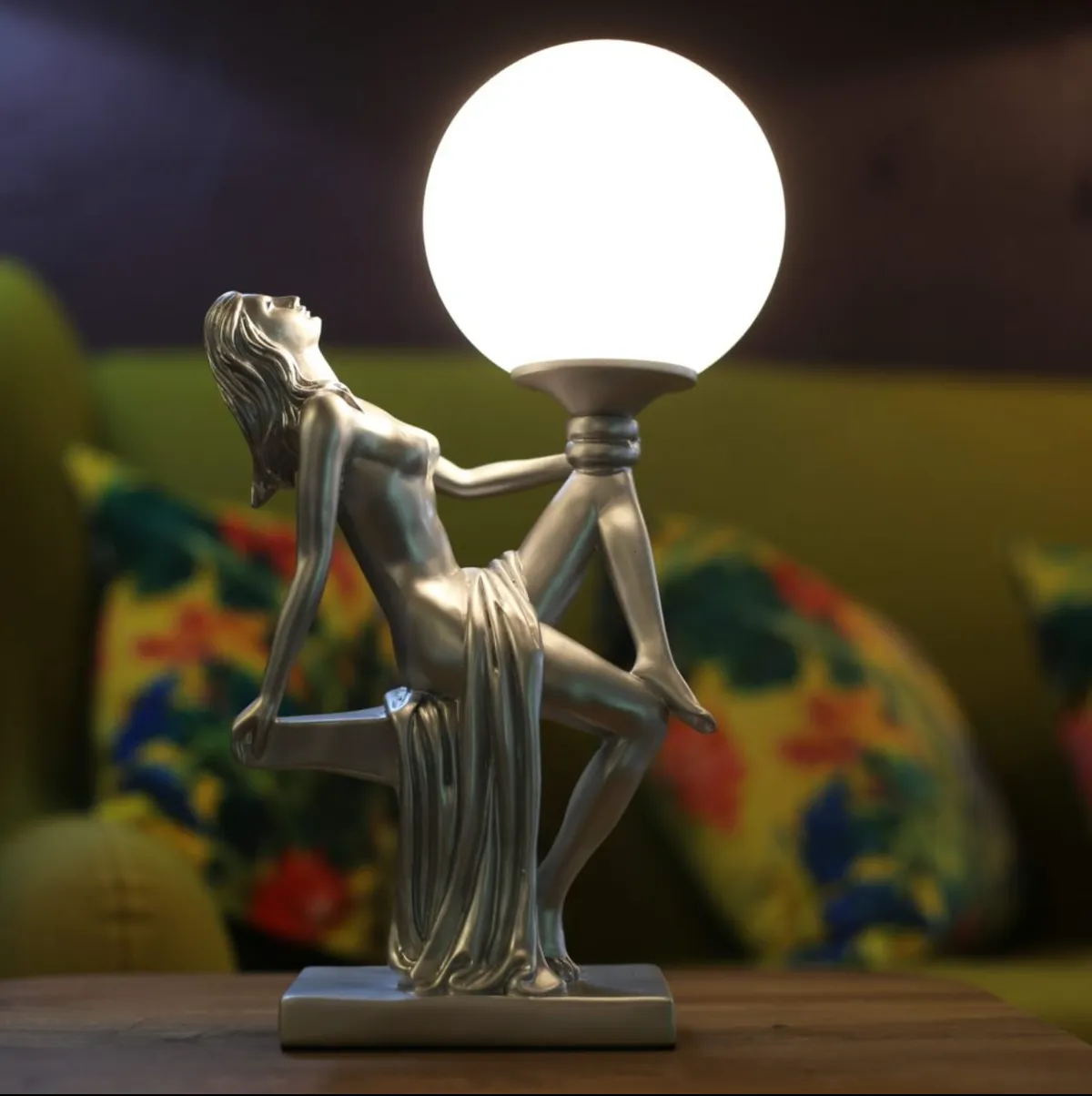
Nature motifs were also really popular in Art Deco design, so look out for accessories that feature shells, sunrise motifs and Oriental floral designs for an authentic feel. Satin and fur are also key to original Art Deco style – they were often teamed with glossy lacquered pieces to create a theatrical contrast.
Art Deco rugs
Rugs were an essential part of the Art Deco aesthetic, and large, luxurious handmade rugs were often laid over highly polished parquet flooring, or black and white chequerboard tiles.
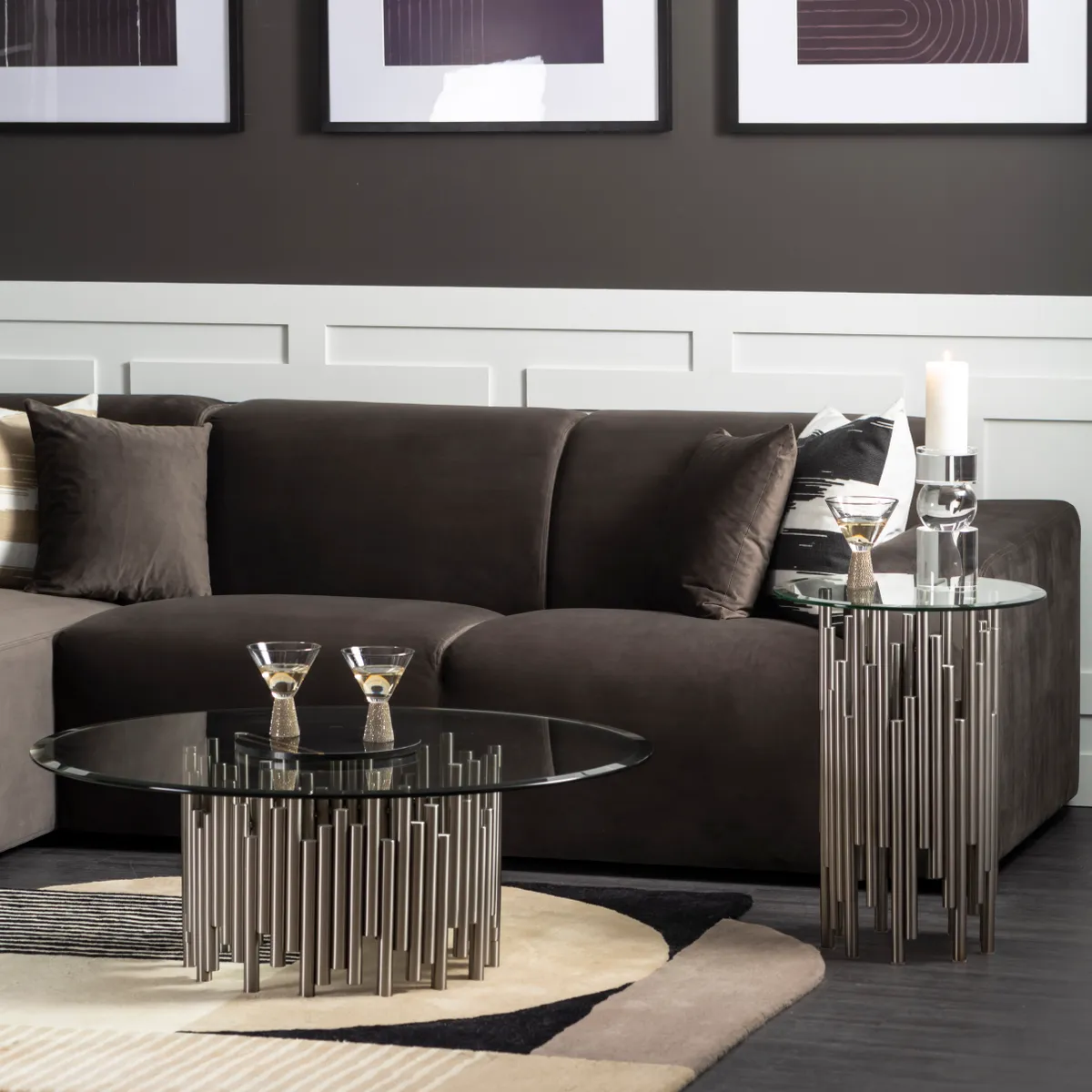
Some rugs featured strikingly bold geometric patterns, while many displayed soft, Oriental floral prints. Animal print rugs were also extremely popular and used to add texture to a space, especially bedrooms.
Art Deco mirrors
Mirrors were an essential part of any Art Deco scheme, and were often used in every room of the home to enhance feelings of luxury and grandeur.

Although Art Deco mirrors came in a variety of shapes, sizes and colours, some of the most iconic featured the traditional Art Deco ‘stepped’ silhouette, with bold geometric edges.

Other popular designs had scalloped edges and coloured glass panels, particularly in shades of blue, grey or brown. Smoked glass was also popular, and often used to give spaces a sophisticated vibe.
Art Deco wallpaper
Wallpaper was another cornerstone in Art Deco design, and that which had a luxurious metallic finish was especially popular.
Some of the most common Art Deco designs included vertical stripes, chevrons and zigzags, as well as sweeping curves and, of course, the iconic sunburst motif.
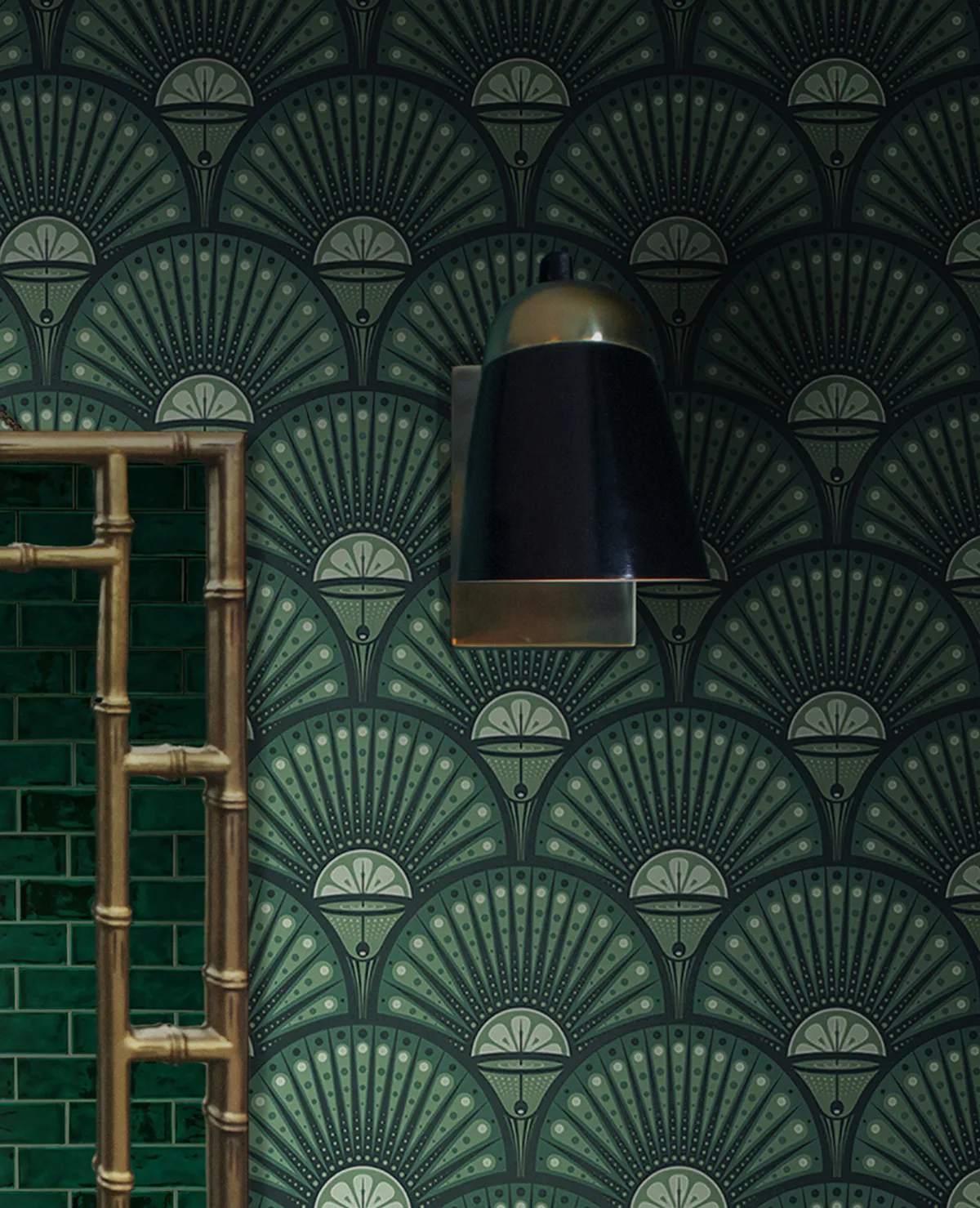
Global-inspired motifs were equally as popular as the geometric designs, and Egyptian hieroglyphics could also be spotted adorning the walls of Art Deco homes and hotels.

Some Art Deco wallpaper was show-stoppingly monochrome, while other designs favoured bright, vivid colours that embodied the energy and optimism of the period. Jewel tones, like amethyst, emerald and peacock blue, will help
Art Deco colours
Many of the colour schemes that were used in Art Deco design can be traced back to the social landscape of the time. Metallics, especially luxurious greys, blues, golds and silvers, were often chosen because they echoed the prosperity of the times, while bright, energetic colours – canary yellow, bright red, peacock blue, purple and emerald – also shot to popularity thanks to their optimistic feel.

At the same time, some interior designers did opt for slightly more subdued tones, and different shades of brown, cream and taupe were used to spaces a ‘modern’, streamlined look.
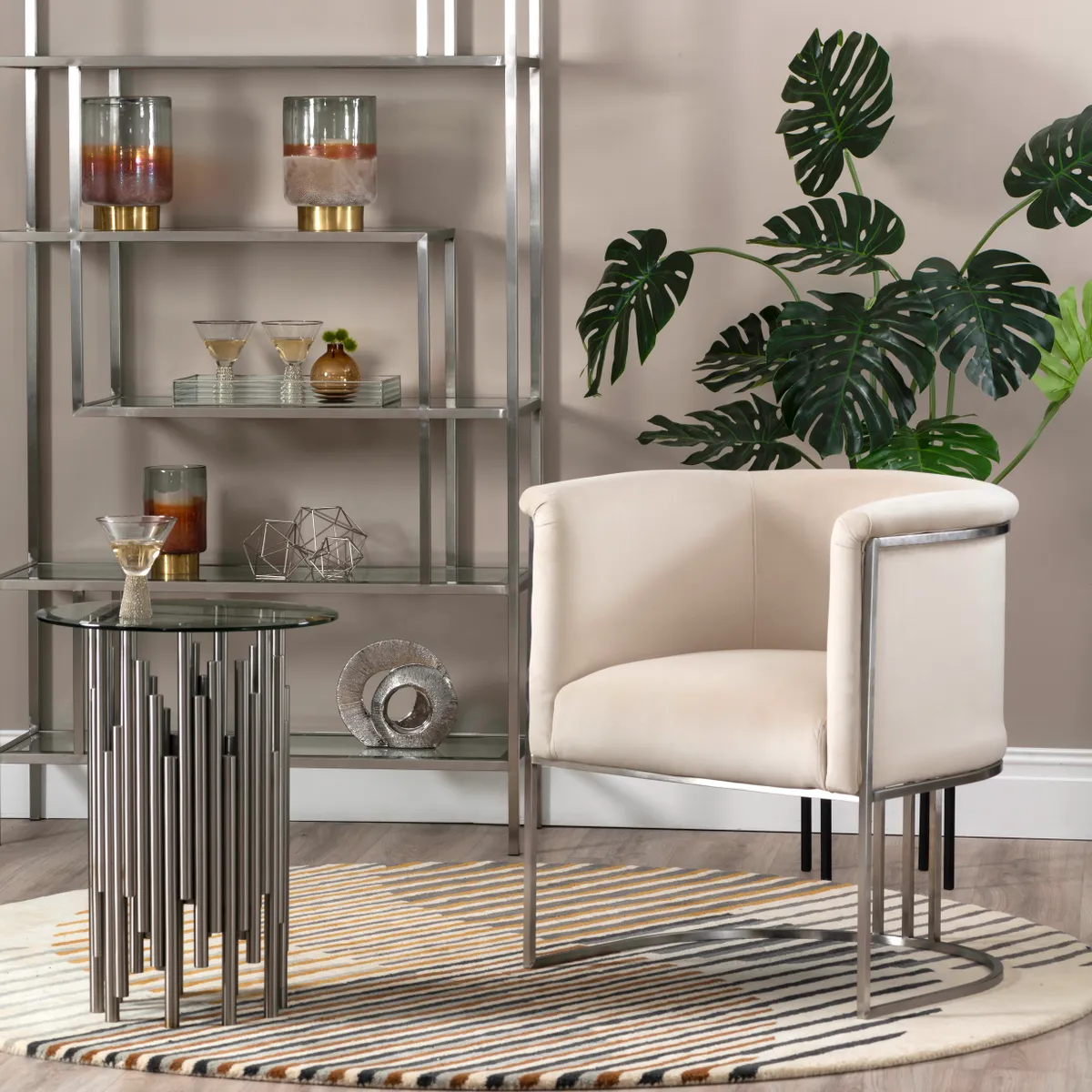
The most popular colour combo of the time, however, was sleek black and white – if you want to inject an instant Art Deco feel into your home, you can’t go wrong with monochrome.
If you enjoyed this feature, check out our other style guides, including Scandi, mid-century modern and Victorian.


